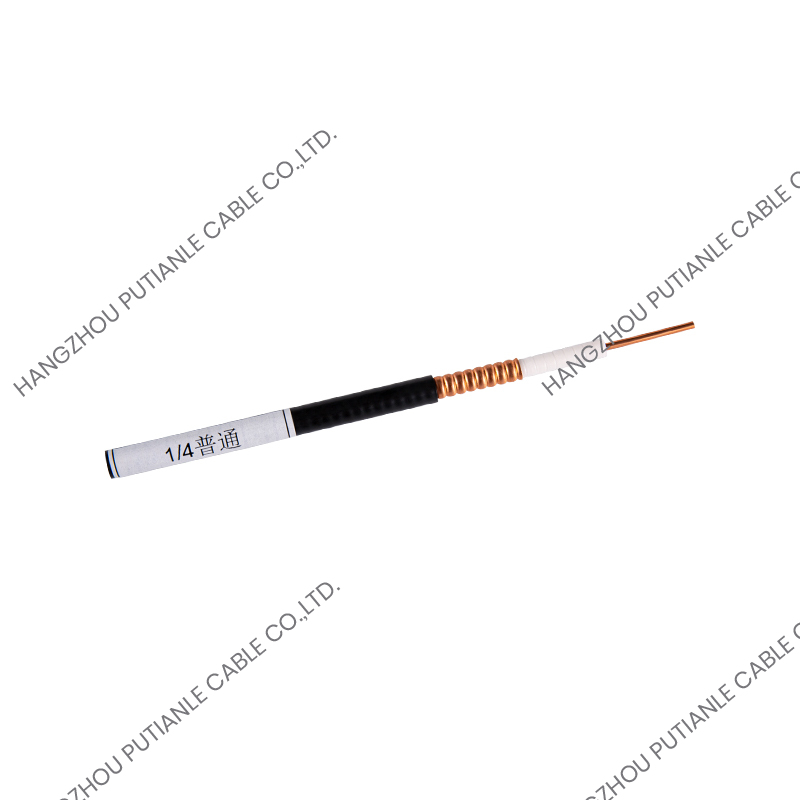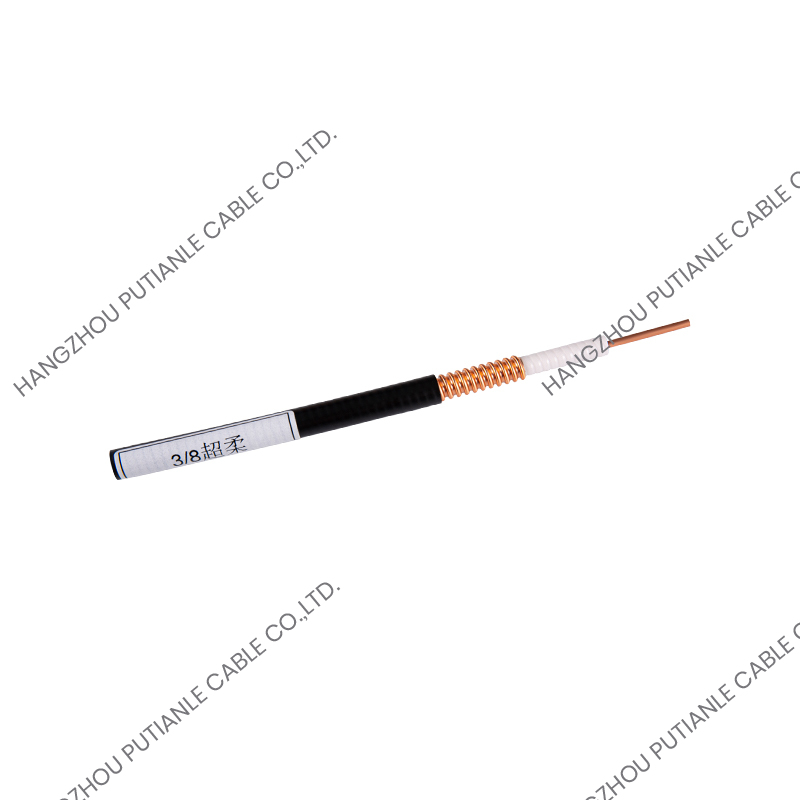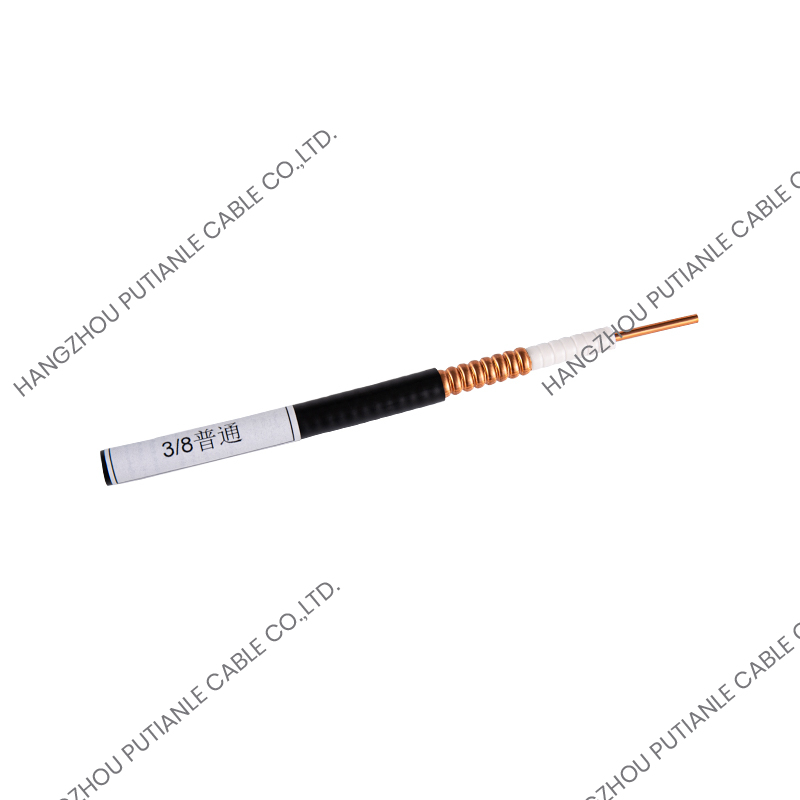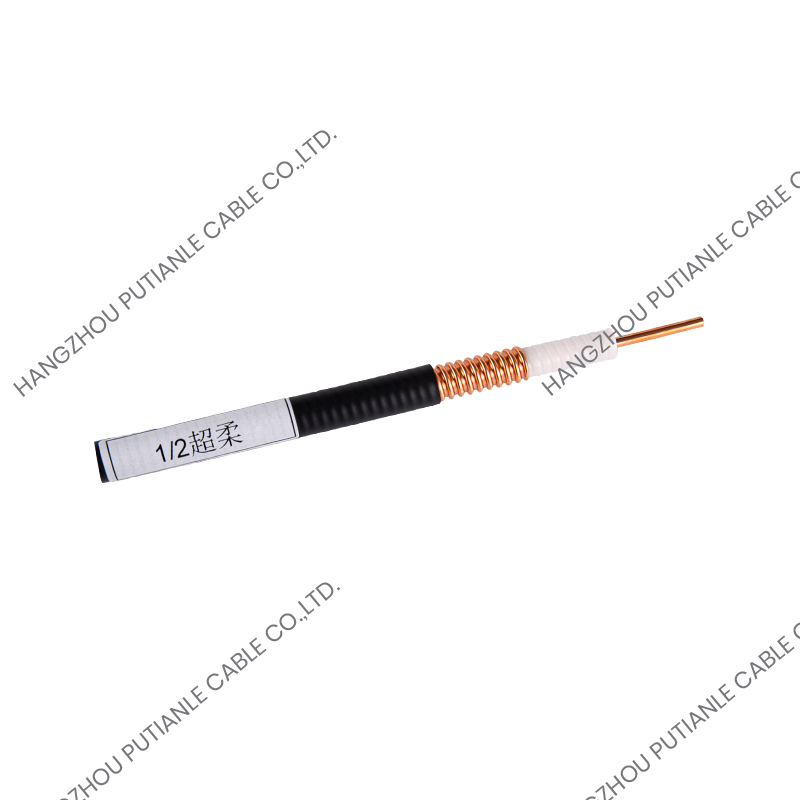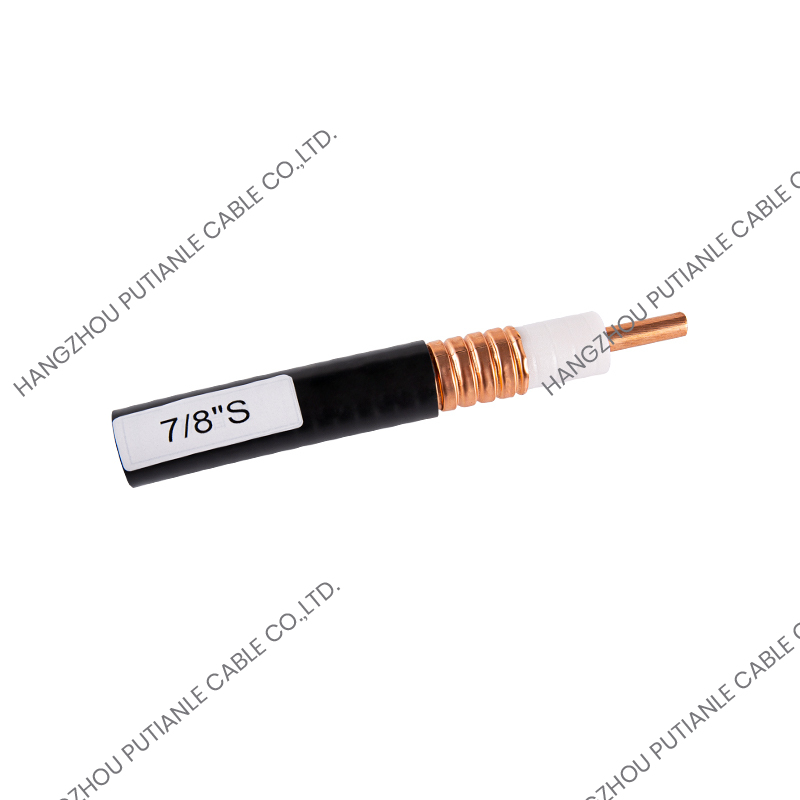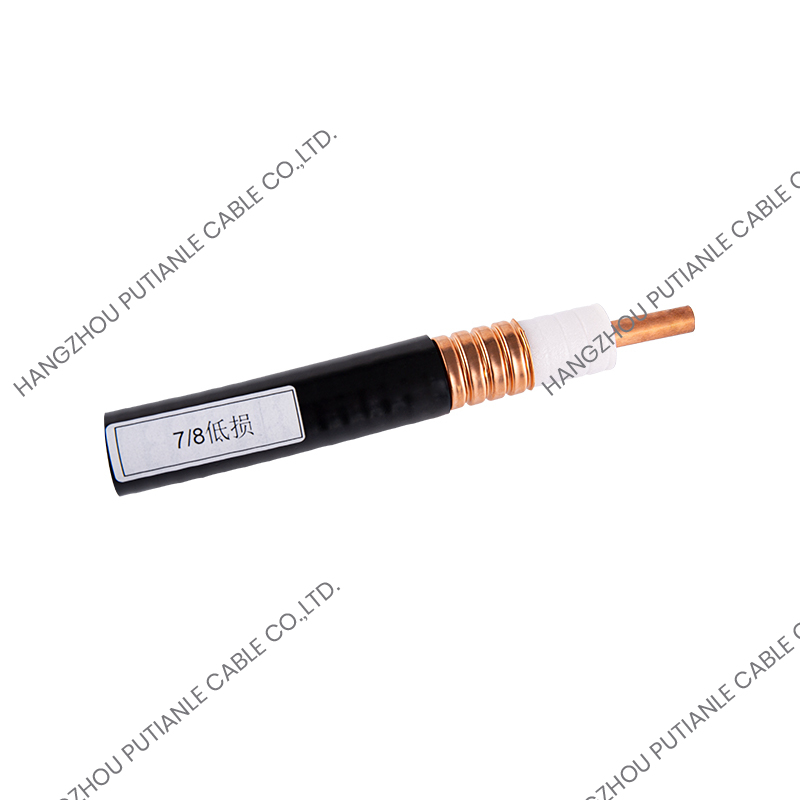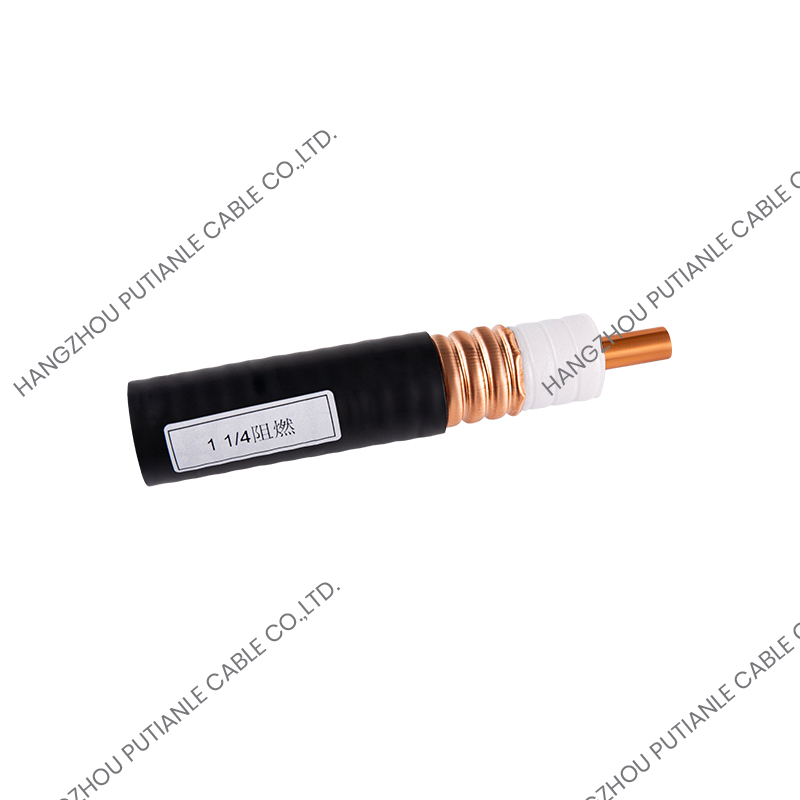With the increasing requirements for cable material performance in power, communication and industrial systems, Aluminum Tube Cable has gradually become one of the alternatives to traditional copper core cables due to its unique structural advantages, excellent transmission performance and cost-effectiveness. Whether in high-voltage power transmission, urban power distribution networks, data centers, rail transit and other fields, aluminum tube cables have shown strong development momentum.
1. What is Aluminum Tube Cable?
Aluminum Tube Cable is a special cable with aluminum tube as the outer sheath or armor structure of the conductor. Its core conductor can be copper or aluminum, and its biggest feature is that it uses a seamless aluminum tube as a sheath, providing good mechanical protection, anti-electromagnetic interference shielding and waterproof sealing.
In some product structures, the aluminum tube is not only a sheath material, but also a conductor itself (i.e., a solid aluminum conductor). This type of cable is widely used in overhead power transmission, power distribution and some special communication scenarios.
2. What are the main structures of aluminum tube cables?
The typical structure of aluminum tube cable is as follows:
Conductor: can be stranded aluminum wire, aluminum alloy or copper core;
Insulation layer: commonly used cross-linked polyethylene (XLPE) or low-smoke halogen-free material;
Filling material: keep the cable round and avoid gaps;
Aluminum sheath (aluminum tube): seamless aluminum tube formed by welding or extrusion, with mechanical protection and shielding functions;
Outer sheath: usually polyethylene (PE) or flame-retardant polyvinyl chloride (PVC), used for waterproofing, sun protection and corrosion resistance.
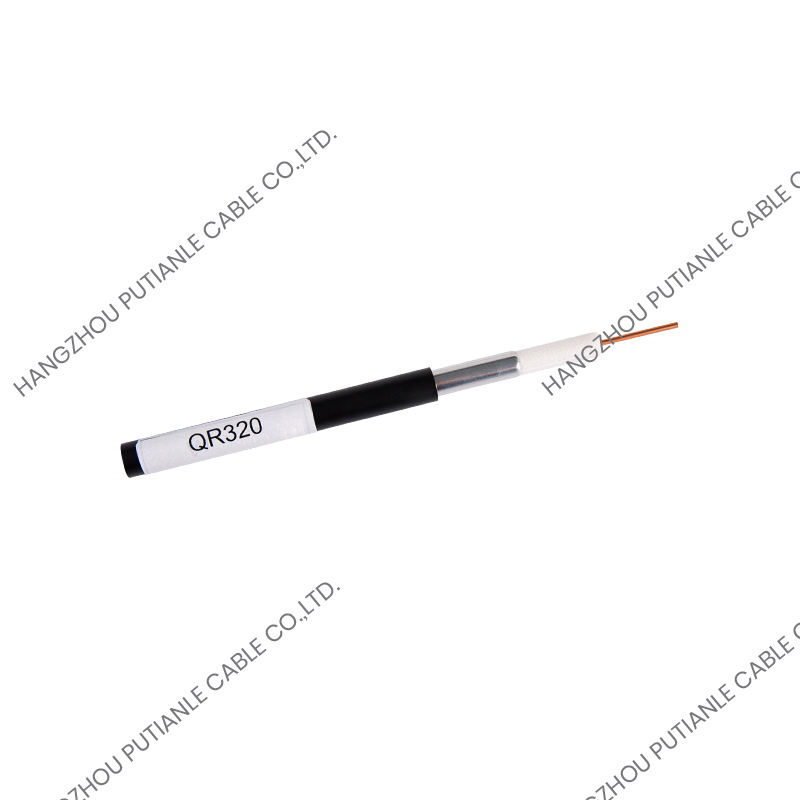
3. What are the advantages of Aluminum Tube Cable compared to traditional copper cables?
| characteristic | Aluminum tube cable | Copper Cable |
| weight | Lighter, only about 30-50% of copper cables | High density and weight |
| price | Low cost, aluminum price is significantly lower than copper | Expensive materials |
| Corrosion resistance | Aluminum sheath is resistant to oxidation and has excellent corrosion resistance | Copper is susceptible to corrosion in some environments |
| Ease of installation | Good flexibility, light weight, faster construction | Heavy weight and high construction cost |
| Conductivity | The electrical conductivity of aluminum conductors is slightly lower than that of copper | High conductivity and strong overload resistance |
| Shielding performance | Aluminum sheath has good electromagnetic shielding | Additional shielding layer is required to achieve the same effect |
Summary: On the premise of meeting the electrical performance requirements, aluminum tube cable greatly reduces the cost and construction difficulty by "replacing copper with aluminum", and improves the anti-interference ability. It is a new cable solution with extremely high cost performance.
4. What are the typical application scenarios of aluminum tube cable?
1. Urban power distribution network
Aluminum tube cable is suitable for medium and low voltage distribution systems such as urban underground power corridors and substation connections because of its lightness and easy construction.
2. Wind power and photovoltaic power generation
In the new energy scenario, the cable wiring distance is long and the cost is sensitive. Aluminum tube cable has become an economical choice to replace copper cable.
3. Industrial parks and factories
In the environment where large current transmission and complex wiring are required, aluminum tube cable reduces the load and reduces the investment in power distribution.
4. Rail transit
Subways and light rails have high requirements for signal stability and electromagnetic interference control. Aluminum sheathed cables have natural shielding advantages.
5. Data center
When powering servers and UPS systems, the use of aluminum sheathed cables can take into account both protection and anti-interference functions.
5. What are the production technology characteristics of aluminum tube cables?
The production of aluminum tube cables has high requirements for equipment accuracy and process. The core technologies include:
Continuous extrusion welding technology (Welded Seamless Aluminum Tube)
Ensure that the sheath is seamless, waterproof and gas-proof;
High strength, excellent pressure resistance and impact resistance.
Concentricity control
Ensure that the conductor is located in the center of the cable to improve electrical performance and mechanical symmetry.
Multi-layer structure synchronous extrusion
Ensure that the insulation layer and the sheath layer are tightly bonded to prevent interlayer shedding.
Flexible design
Improve the toughness of the aluminum sheath so that the cable does not crack or break when the wiring is bent.
6. What are the technical challenges or limitations of aluminum tube cables?
Although aluminum tube cables have many advantages, the following technical issues should also be noted during the promotion process:
The cross-sectional area of the conductor needs to be appropriately increased: because the conductivity of aluminum is lower than that of copper, a larger wire diameter needs to be selected to ensure the same current carrying capacity;
Higher requirements for connectors: aluminum is easy to oxidize, and joint processing (such as crimping, anti-oxidation paste) needs to be strictly controlled;
Large thermal expansion coefficient: pay attention to the impact of ambient temperature on joints and sheaths during use to prevent thermal expansion and contraction failure;
Some high-end scenarios still prefer copper cables: such as extreme loads, ultra-long-distance high-frequency transmission, etc., and environments with extreme requirements for electrical conductivity are still dominated by copper.
7. Market Trends: Future Development Direction of Aluminum Tube Cables
1. Green Energy-saving Material Trends
Driven by the goal of "carbon peak and carbon neutrality", aluminum, as a renewable metal material, has been continuously expanding its application due to its environmentally friendly properties.
2. High-voltage Grading
Currently, aluminum tube cables are mainly used in distribution systems below 10kV, but with technological advances, 20kV and 35kV grade aluminum cables are gradually being implemented.
3. Smart Grid Compatibility
Aluminum sheaths have good electromagnetic shielding performance, which meets the signal stability requirements of smart grids.
4. Standardization Promotion
Technical standards related to aluminum alloy cables and aluminum sheathed cables have been introduced at home and abroad, which will help unify industry specifications and expand market recognition.
8. FAQs about Aluminum Tube Cables
Q1: Can aluminum tube cables directly replace copper cables?
A: Yes, but the cross-sectional area needs to be converted according to the current size, and the connection terminals need to be matched to avoid heating or poor contact.
Q2: Is aluminum tube cable suitable for high temperature environments?
A: Generally, aluminum sheathed cables can operate stably under a working environment of 90℃, and there are also heat-resistant types that can reach 120℃.
Q3: Is it waterproof and moisture-proof?
A: The aluminum sheath is a seamless welded structure with excellent waterproof and sealing performance, suitable for humid environments such as underground and tunnels.
Q4: How to avoid the aluminum tube from breaking when bending?
A: High-quality aluminum tubes are made of alloy materials + heat treatment + flexible design, allowing safe construction within a certain bending radius.
Conclusion: Aluminum Tube Cable, a "Lightweight" Revolutionary in Power Transmission
Against the background of industrial modernization and rapid development of new energy infrastructure, Aluminum Tube Cable has gradually won market recognition with its unique properties of light weight, corrosion resistance, low cost, easy installation and strong protection. Especially in the fields of new energy, urban power grids, rail transit, etc., its comprehensive performance is better than traditional copper cables, providing a new technical route for future power transmission.
It can be foreseen that with the upgrading of technology and the improvement of industry standards, aluminum tube cables will show their value in more high-demand scenarios and become one of the core main forces of "lightweight, efficient + green and energy-saving" cable solutions. Choosing aluminum tube cable means choosing a more economical, environmentally friendly and advanced future transmission method.


 中文简体
中文简体 English
English Español
Español

